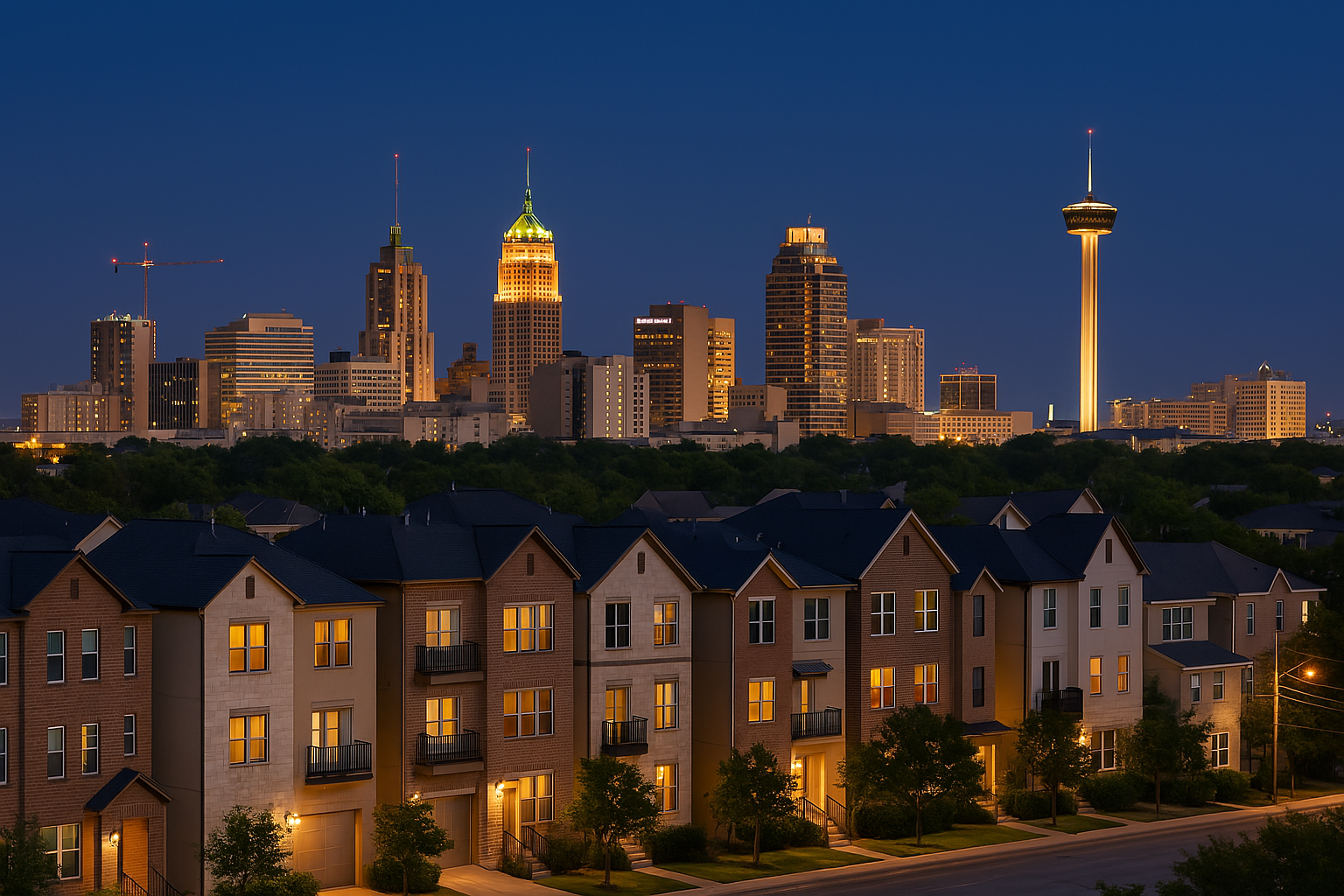Understanding the Rising Popularity of Short-Term Rentals in San Antonio
As of early 2024, the short-term rental (STR) market in San Antonio, TX, is thriving, demonstrating remarkable resilience following the pandemic slowdown. With approximately 3,500 to 4,000 active listings on leading platforms like Airbnb and Vrbo, this dynamic market is showing robust signs of growth, driven by the city’s popularity as a tourist destination rich in history, culture, and recreational opportunities.
A Resilient Market with Strong Demand
San Antonio’s strong rebound is primarily propelled by a surge in both domestic and international tourism, with visitors favoring the flexibility and comfort of STRs over traditional lodging options. The overall occupancy rate currently hovers around 64%, reflecting steady market interest. Average nightly prices in the city range from $150 to $250, varying significantly based on property type, amenities, and proximity to key attractions.
Areas Experiencing High Demand
The historic district, Alamo Heights, and the River Walk remain prime hotspots, largely due to their proximity to famous attractions, dining, and entertainment hubs. Recently, emerging suburban neighborhoods have also started attracting a younger demographic seeking alternative accommodation options.
Seasonality Shapes the Market
Similar to other tourist-centric cities, San Antonio experiences seasonal fluctuations. Market peaks coincide with major events such as Fiesta San Antonio, the annual San Antonio Stock Show & Rodeo, and lively summer travel periods. Conversely, there is a predictable downturn during the winter holiday season, as fewer tourists visit the area.
Robust Property Types to Meet Diverse Needs
San Antonio’s STR market offers diverse accommodation types:
- Houses: Preferred by families and groups, with ample space.
- Apartments: Ideal for solo travelers or couples looking for cost-effective, cozy accommodations.
- Unique Stays: Including tiny homes, historic homes, and other special options catering to niche market segments.
Navigating Regulatory Challenges
The city of San Antonio has implemented clear regulatory measures to govern the STR market, focusing on sustainable growth and community harmony. Hosts must acquire operational licenses involving registration fees and compliance with local zoning ordinances. Additionally, San Antonio requires STR hosts to collect and remit hotel occupancy taxes, contributing significantly to local revenues.
While currently there is no set cap on STR properties citywide, restrictions apply in specific residential zones, compelling operators to stay compliant with neighborhood regulations to avoid penalties and ensure smooth business operations.
Conclusion and Future Outlook
The current San Antonio STR market indicates a healthy outlook, characterized by resilient demand, strategic location preferences, and a balanced regulatory environment. Continued monitoring of local tourism trends and adherence to municipal guidelines remain vital for ongoing success in this exciting and dynamic market segment.
For further details on short-term rental regulations and compliance requirements in San Antonio, please visit the city’s official webpage: San Antonio Short-Term Rental Regulations.







Comments
One response to “San Antonio’s Short-Term Rental Market Trends”